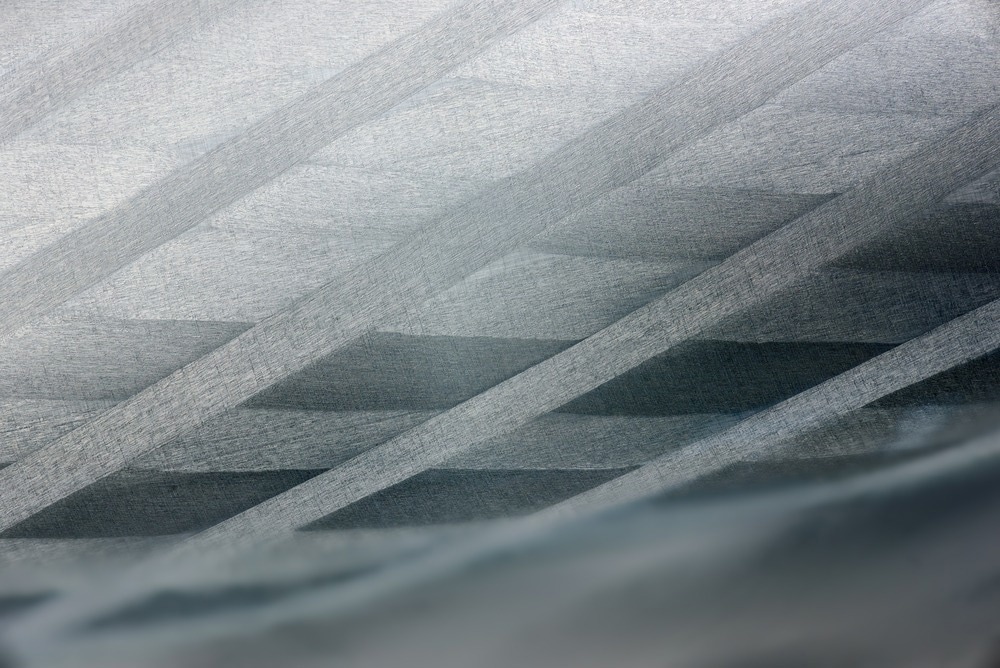 By Surbhi JainReviewed by Susha Cheriyedath, M.Sc.Jul 28 2022
By Surbhi JainReviewed by Susha Cheriyedath, M.Sc.Jul 28 2022In a review recently published in the journal Additive Manufacturing, researchers discussed the additive manufacturing (AM) of the high-density polymer composites reinforced with carbon fiber.

Study: Additive manufacturing of high density carbon fiber reinforced polymer composites. Image Credit: William Potter/Shutterstock.com
Background
Utilizing carbon fiber reinforced polymer composites (CFRP), lightweight structures with excellent strength and stiffness can be made. Due to its benefits in AM, such as chemical resistance and melt processability, thermoplastics are becoming more and more common.
In both academics and business, fiber-reinforced thermoplastics are of great interest. Currently, AM uses discontinuous or short fibers more frequently than continuous fibers. AM can be processed using sheet lamination, powder bed fusion, material extrusion, stereolithography, and fiber-reinforced polymer composites.
There has been little research on composites despite selective laser sintering (SLS) being one of the fastest-growing AM techniques for metals and polymers, due to the limited improvements in mechanical properties at the expense of increases in component porosity.
The most popular processes for producing fiber-reinforced thermoplastic components are those that rely on material extrusion, including fused filament fabrication (FFF). The limited supply of materials and the substantial amount of porosity in the finished pieces are just two of the numerous difficulties facing the AM of composites. Research demonstrates that by reducing the void content, post-processing FFF printed composites with a hot press can greatly enhance their tensile and flexural properties.
However, it is impractical to apply enough heat and pressure in order to maintain the geometry of FFF components. This method has not yet been used in an independent academic study to create components or investigate how different processing conditions affect the final product's attributes.
About the Study
In this study, the authors discussed the selective printing of discontinuous carbon fiber sheets with a binder and polymer powder by using a technique called composite fiber additive manufacturing (CFAM), which was then compressed, heated, and post-processed to create net shape components. The findings showed a relationship between the used compaction pressure and the volume percentage of fibers or porosity inside components.
The team demonstrated a novel method for the development of discontinuous carbon fiber reinforced polymer composite parts with 1.5% porosity, 97 MPa tensile strength, 15% fiber volume content, and 8.9 GPa elastic modulus. The prepared carbon fiber reinforced polymer parts had mechanical properties better than those of state-of-the-art AM.
The researchers produced discontinuous CFRP composite parts at the University of Sheffield using CFAM, which was based on a sheet lamination method akin to composite-based additive manufacturing (CBAM). In order to understand the impacts of the amount of printed ink and compaction pressure/duration on the density and qualities of final components, this study aimed to benchmark the performance of composite parts created by CFAM for the first time with mechanical testing and X-ray tomography.
Observations
The 223 g/m2 parameter level offered a stronger fiber-matrix adhesion than the 24 g/m2 of ink and a greater carbon fiber volume fraction (FVF) than the 892 g/m2 of ink, which made it the ideal parameter level for the highest tensile strength and stiffness. It was discovered that 41.6, 208.3, and 291.6 grams of powder per m2 could be accommodated by 24, 223, and 892 g/m2 ink, respectively. The maximum elastic modulus, tensile strength, flexural strength, and modulus were provided by the highest amount of pressure of 0.9 MPa. The second important aspect was the areal density of the printed ink. The ink was the best factor at the medium parameter level, 223 g/m2, which had the most production. In this experiment, compaction time was revealed to be the least important variable. It was discovered that Nylon 12 crystallizes between 160 and 165 °C.
The CFAM method was compared to the most advanced discontinuous fiber AM techniques, and it was shown that it had the ability to produce complex discontinuous fiber reinforced polymer composite parts with greater strength, stiffness, and density with 8.9 GPa stiffness, 97 MPa tensile strength, and 1.5% porosity. The final CFAM parts' microstructural and mechanical qualities were affected by the optimization of ink areal density, compaction time, and pressure. The amount of the powder of the polymer adhering to the substrate was significantly influenced by the area of the ink, while the compaction time had the slightest effect.
A low ink concentration was found to enhance the likelihood of interlayer delamination because there was insufficient bonding between the layers. The fiber volume fraction, however, decreased as the volume of ink increased because there was more matrix material present. It was determined that the most important factor that affected the final part's properties in terms of stiffness, strength, and microstructural properties was the use of elevated pressure and temperature, which made it easier for the nylon powder to completely melt between layers and reduce the component's overall porosity.
Conclusions
In conclusion, this study elucidated that the proposed method may also provide the versatility to process a variety of fibers such as glass textiles with varied mesh density and thermoplastic matrix materials such as PEEK powder.
More from AZoM: Reflection Electron Microscopy for Crystal Analysis
Disclaimer: The views expressed here are those of the author expressed in their private capacity and do not necessarily represent the views of AZoM.com Limited T/A AZoNetwork the owner and operator of this website. This disclaimer forms part of the Terms and conditions of use of this website.
Source:
Karaş, B., Smith, P. J., Fairclough, J. P. A., et al. Additive manufacturing of high density carbon fiber reinforced polymer composites. Additive Manufacturing 103044 (2022). https://www.sciencedirect.com/science/article/abs/pii/S2214860422004365